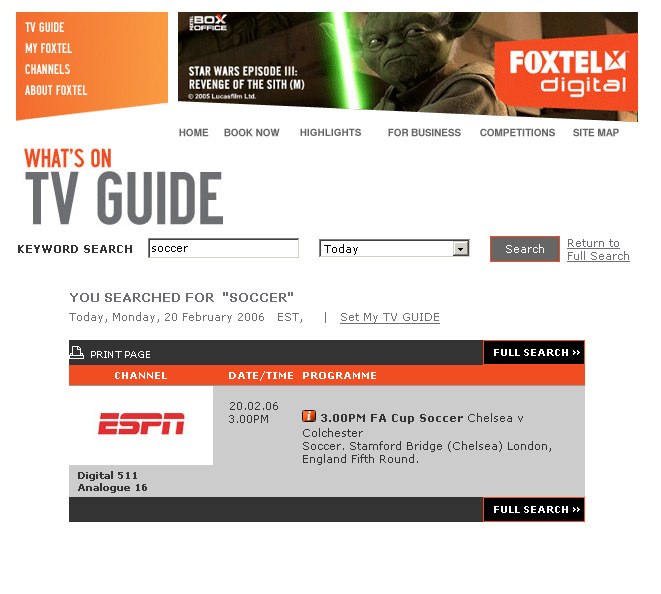Second screen has only just begun to exhibit its tremendous potential. The extent at which it facilitates viewers’ transition to an active engagement with (not only) television is nowadays further indicated by the use of second screen technology as electronic and interactive program guides (EPGs/IPGs).
The term “IPG” is sometimes used to describe a more advanced form of the electronic program guide system. It is generally considered that IPGs are a more recent, more featured and more interactive version.
EPG is the digital equivalent of a printed program guide, however, with a little extra something. EPGs are second screen applications or systems that list updated menus for current and upcoming (for up to seven days in advance) program schedules on a dedicated channel. Meaning, they go a step (or two) ahead of the non-interactive electronic program guides, which are already widely available for most program channels, and offer an enhanced TV experience by locating content on an innovative screen display. More recent and advanced TV sets now come with built-in EPGs and IPGs.
Access to electronic and interactive program guides metadata is achieved through a remote control device. While EPGs generally display content such as program name, a more comprehensive synopsis of the program and airtime, the user interaction is limited. Content is displayed by an EPG, but the user cannot (for example) control rolling of content. IPGs, on the other hand, come with a more interactive set of features.

Photo source: EPG Metadata
Network operators can personalize interactive program guides features and interface to make it easier for users to operate the system and browse through all the content on TV. These features can also be relevant to specific types of content. Comcast, for example, featured a sports app that displays, at any moment in time, all the games being played on TV. Users can also see scores and updates, and are able to switch between games.
The advent of digital television has made everyone, from TV-techs and broadcasters to content creators, re-evaluate and re-assess television, and program guides, although having come a long way in recent years, are now becoming an integral part in delivering on-screen, interactive ways for users to connect with TV content. IPG applications provide enhanced searching and browsing features that add value to TV-viewing on digital networks. However, we also have to see the other picture here: that the ideal program guide is yet to be developed. That this is going to be an on-going development as new business models are formed and technology evolves.